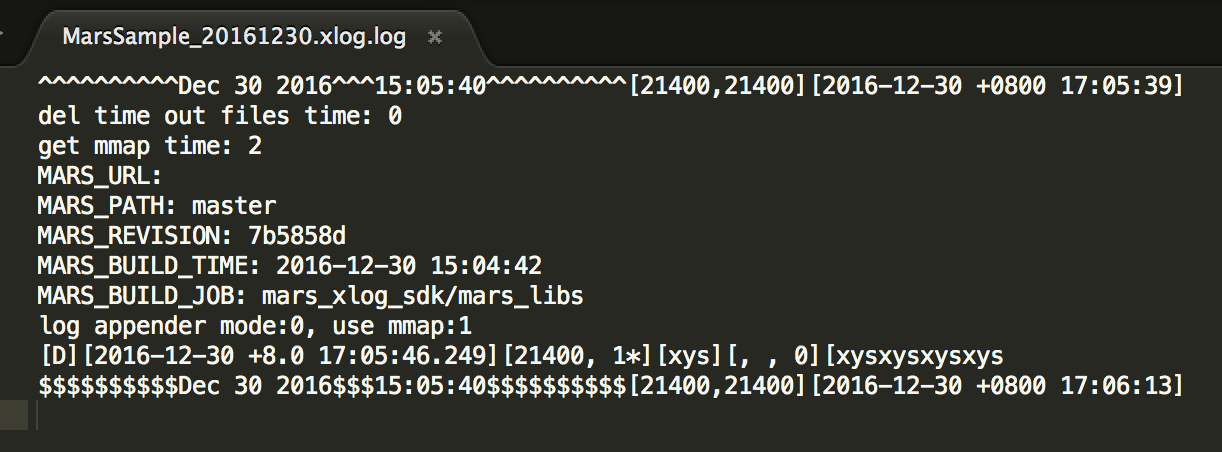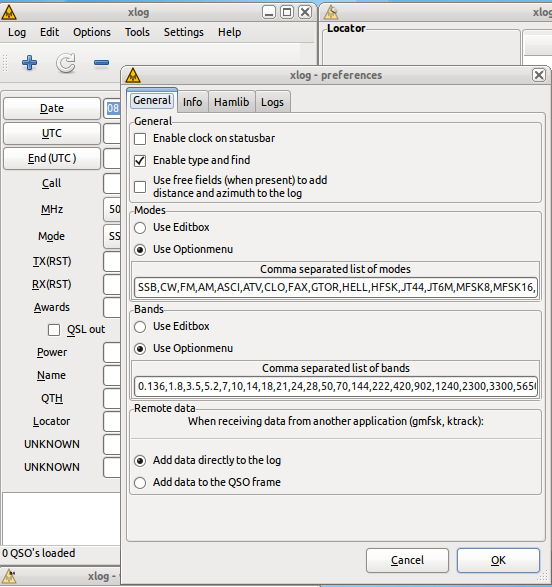

USE_PRESENCE : OpenSIPS will act as a Presence server

USE_NAT : OpenSIPS will try to cope with NAT by fixing SIP msgs and engaging RTPProxy USE_MULTIDOMAIN : OpenSIPS will handle multiple domains for subscribers USE_DIALOG : OpenSIPS will keep track of active dialogs USE_DBUSRLOC : OpenSIPS will persistently store User Location entries in the DB USE_DBACC : OpenSIPS will save ACC entries in DB for all calls USE_AUTH : OpenSIPS will authenticate Register & Invite requests USE_ALIASES : OpenSIPS will allow the use of Aliases for SIP users Here are the types of scripts, along with the available options per script :ĮNABLE_TCP : OpenSIPS will listen on TCP for SIP requestsĮNABLE_TLS : OpenSIPS will listen on TCP for SIP requests So far, the OpenSIPS 1.11 menuconfig automated script generator supports 3 types of scripts. At the end, the graphical tool will give you the path for your newly generated config file ( eg : Config generated : /usr/local/opensips_proxy_1.11/etc/opensips/opensips_residential_11:39:48.cfg ) Then, you can generate the OpenSIPS script with your configurations. Once you have configured your desired options, you can hit the ‘q’ key to go to the previous menu, and hit ‘Save Changes’. Enabling certain options per script is done by using the spacebar key. Once you have chosen you script type, you will be able to go to configure the various available options for that script ( described below ). Once in the menuconfig tool, navigate to the ‘Generate OpenSIPS Script’ option, and then choose your desired script type.

The menuconfig can be ran either directly from the OpenSIPS sources, or post installation, from the installation path :Īfter installation, you can run menuconfig directly from the installation path, by running Because the graphical interface is ncurses based, please make sure to first install the ncurses development library ( typically libncurses5-dev ).

Generating OpenSIPS config files is accomplished by using the menuconfig tool. If the config file contains any errors, they will be displayed in the console and OpenSIPS will return -1 When checking the configuration file for validity, If the cfg is OK, OpenSIPS will return 0. You can check the OpenSIPS configuration file validity by running If you do any change to the configuration file, in order for them to take effect, you MUST restart OpenSIPSĭue to the fact that you must restart OpenSIPS every time you make a change to the configuration file, it is of vital importance to ensure that all the changes you have made are correct according to the OpenSIPS language syntax. You will find different variables ( each with different scopes - explained further down the manual ), you can do the classical constructs like if / while / switch, etc, and you can also call sub-routines with parameters, so the script should be fairly easily read-able by somebody with some SIP & programming skills. The configuration file is text-based, written in an OpenSIPS custom language, very similar to the C language. Upon installation, the default configuration file path is : Now you can enable/disable printing of the log messages via MI.The OpenSIPS configuration file contains all the parameters that control the OpenSIPS core and modules, along with the actual routing logic that OpenSIPS will use to route the SIP traffic. Xlog was enhanced to take the log lever from any pseudo-variable, including shared variables. Also, they can be set via MI commands, giving the possibility to control routing logic in a nice way, without restarting OpenSER. The shared variables can be initialized via a parameter of the cfgutils module. A shared variable is specified via $shv(name), name can be any string of alpha-numeric characters. Sometimes, as an VoIP administrator of an OpenSER based platform, you feel the need to have a variable whose value is visible in all OpenSER processes.įew days ago, the cfgutils module introduced this feature.


 0 kommentar(er)
0 kommentar(er)
